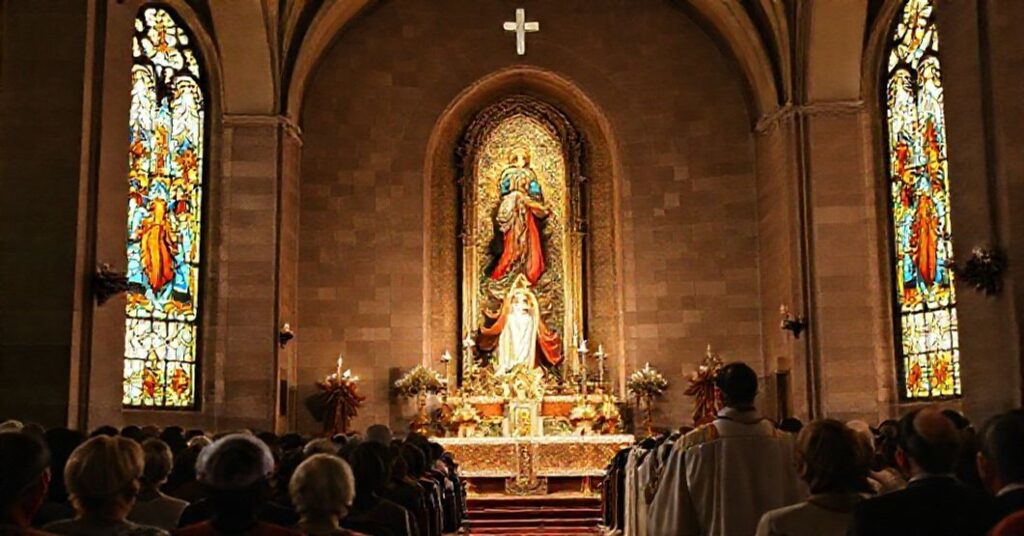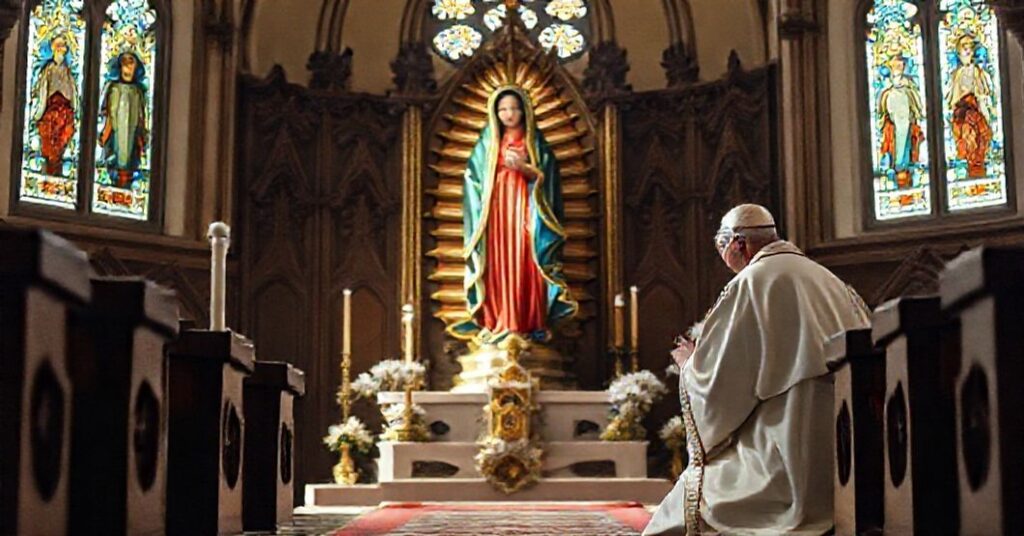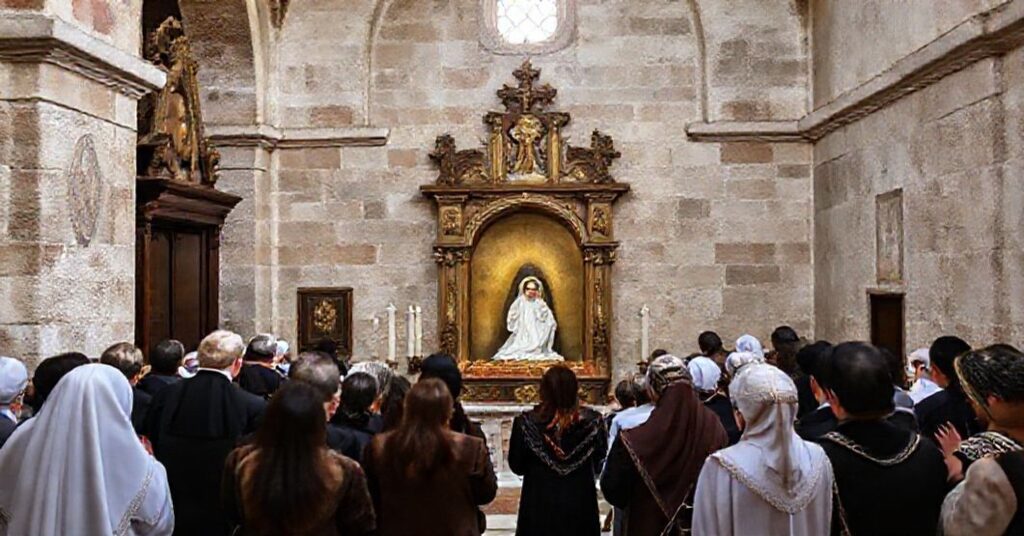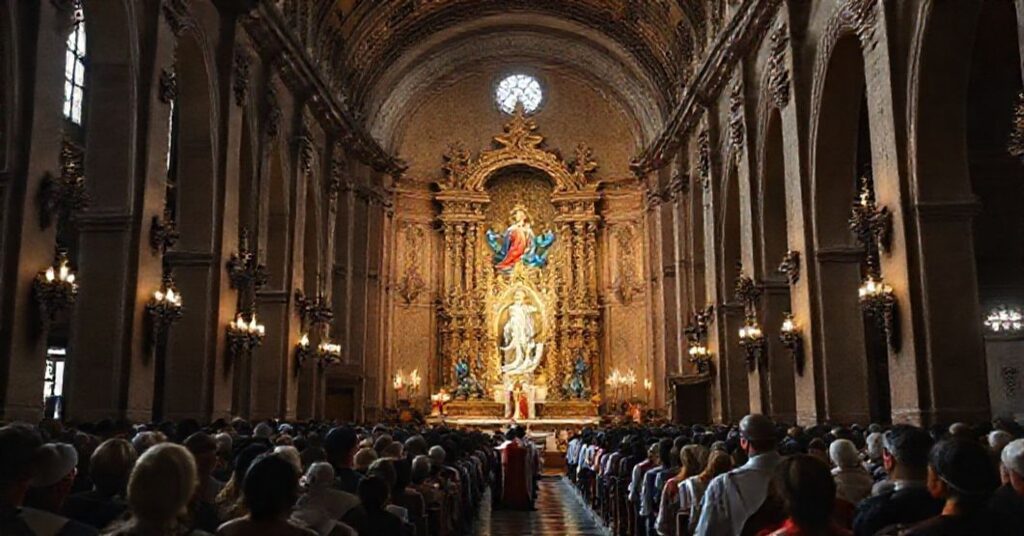Solacium ac levationem (1959.10.23)
The Latin document under review is a brief act by John XXIII conferring the title and privileges of a minor basilica on the Marian shrine of “Nuestra Señora de la Consolación” in Táriba, in the diocese of San Cristóbal in Venezuela. It praises the people’s Marian devotion, invokes the consoling intercession of the Blessed Virgin, recalls the image brought by missionaries as a focal point of piety, and solemnly decrees, with typical curial formulas, that the church be elevated to the rank of minor basilica with the attached rights and privileges.










